In the modern foundry and metallurgy industry, metal induction furnaces have become an indispensable piece of equipment. This article will provide a detailed introduction to the classification of metal induction furnaces from the perspectives of structure and uses.
Classification by Structure
Crucible Metal Induction Furnace (Coreless Metal Induction Furnace)
Crucible metal induction furnace, also known as coreless metal induction furnace, is one of the most common types of metal induction furnaces. Based on different working frequencies, crucible metal induction furnaces can be divided into two types:
Mains frequency furnace
Mainly used for the melting of cast iron and non-ferrous metals. Its characteristics are simple heating method, easy operation, and suitability for small-batch production. However, due to the large electromagnetic stirring force, the furnace lining life of mains frequency crucible induction furnaces is relatively short when smelting steel, making them unsuitable for steel smelting unless the problem of refractory material life can be effectively resolved. Additionally, for metals like oxygen-free copper demanding strict conditions, mains frequency furnaces are also not suitable.
Medium frequency furnace
Suitable for the melting and holding of steel and non-ferrous metals. Compared to mains frequency furnaces, medium frequency furnaces have the advantages of high power density, fast melting speed, no need for a three-phase balance device, smaller furnace body size, and greater flexibility in use. They can also empty steel liquid, making it convenient to switch metal types, which is very suitable for multi-type, small-batch production needs.
The characteristic of the crucible metal induction furnace is that the furnace lining shape is simple, the furnace building is convenient, and it is easy to check and repair, making it possible to start and stop as needed, which is very suitable for environments that require rapid production adjustments.
Channel Metal Induction Furnace (Core Metal Induction Furnace)
Channel metal induction furnace, also known as core metal induction furnace, is widely used for the melting and holding of non-ferrous metals such as copper, aluminum, and zinc, as well as the holding of cast iron. Based on different structures, channel metal induction furnaces can be divided into two types:
Vertical furnace: This type of induction furnace has a tall furnace body, suitable for large-scale production and continuous operation, typically used in heavy industry and foundry industries.
Horizontal furnace: Compact in structure, suitable for smaller batch production or production environments with high space requirements.
Channel metal induction furnaces have higher electrical efficiency and power factors than crucible induction furnaces, allowing for more efficient use of electricity for melting operations. However, due to the difficulty in checking and repairing the refractory materials in the channel part, it is necessary to maintain current insulation when the equipment is not in production, posing higher demands for management and maintenance. Additionally, changing metal types is relatively difficult, making channel metal induction furnaces more suitable for single-type production.
Classification by Use
Metal induction furnaces can typically be classified into three categories based on their different uses:
Melting Furnace
The melting furnace is a specialized induction furnace used for melting metals, suitable for the melting processes of various metals, such as cast iron and non-ferrous metals. According to the melting process requirements, induction furnaces with different frequencies can be chosen. Medium frequency furnaces are typically used for melting steel and non-ferrous metals, while mains frequency furnaces are more suitable for melting cast iron.
Holding Furnace
The role of the holding furnace is to maintain the temperature of molten metal and prevent its cooling and solidification. As a holding furnace, a metal induction furnace can provide a uniform and stable heating environment, ensuring that the metal maintains its temperature after melting. Especially in metal casting processes, holding furnaces can help maintain the appropriate temperature of the metal before pouring, improving the quality of castings.
Pouring Furnace
The pouring furnace is mainly used in the casting process to pour molten metal into molds. As a pouring furnace, an induction furnace usually has efficient heating and insulation capabilities, ensuring stable metal flow and avoiding pouring defects caused by insufficient temperature. In casting production lines, the pouring furnace is typically used in conjunction with other equipment to ensure high quality and high efficiency of the products.

 en
en  cn
cn  jp
jp  ko
ko  de
de  es
es  it
it  ru
ru  pt
pt  th
th  vi
vi  pl
pl 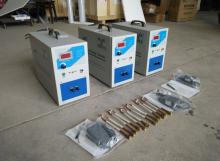
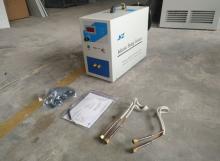
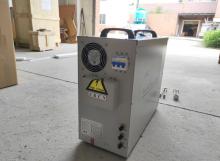
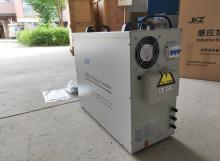
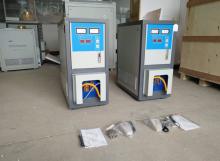
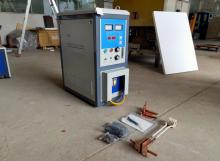
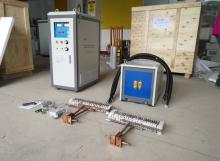
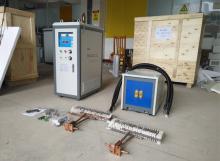
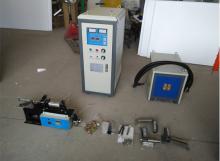
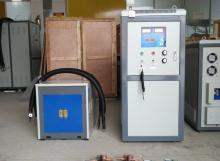
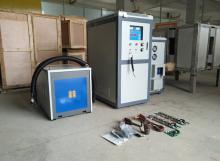
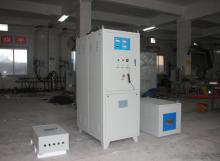
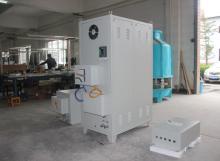
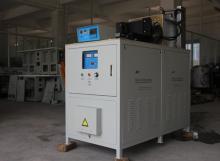
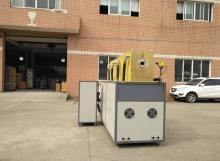
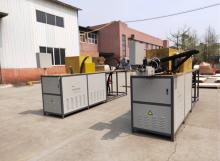
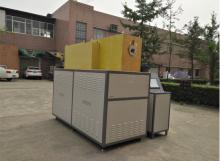
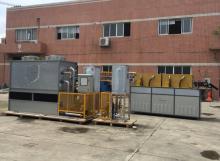
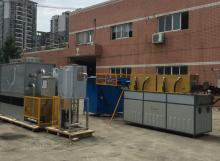
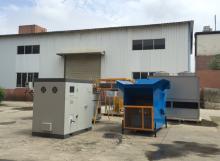
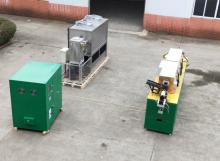
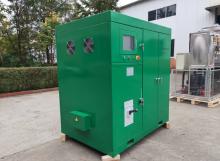
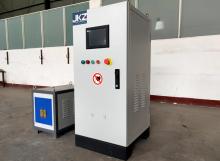
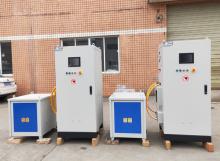
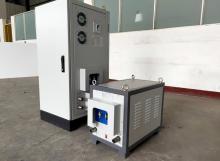
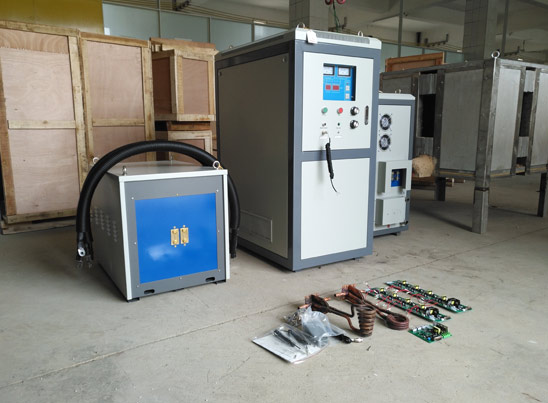
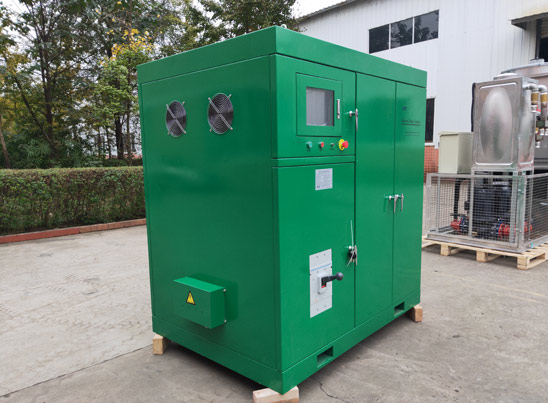
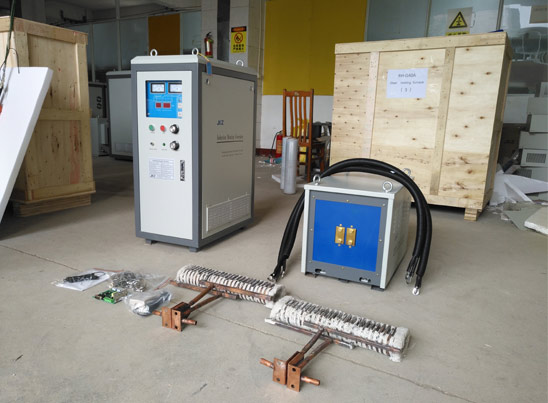

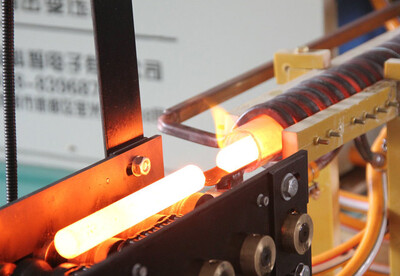
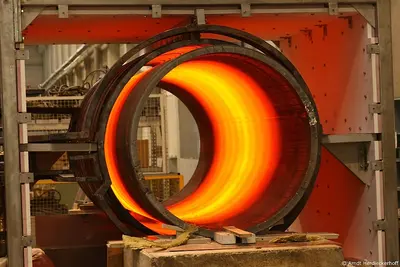

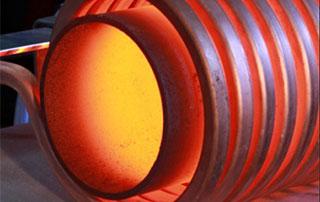
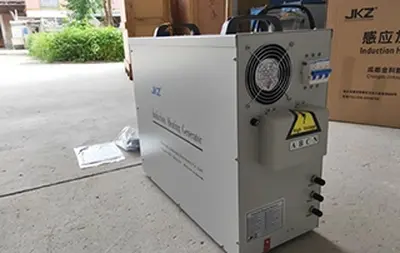
 Call us on:
Call us on:  Email Us:
Email Us:  NO. 688th South Baoguang Road, Xindu District, Chengdu City, Sichuan Province, China
NO. 688th South Baoguang Road, Xindu District, Chengdu City, Sichuan Province, China